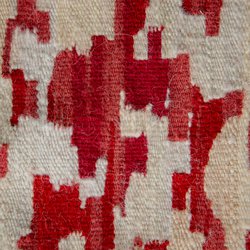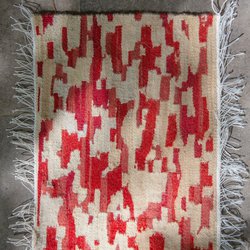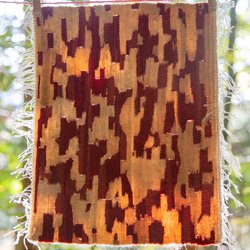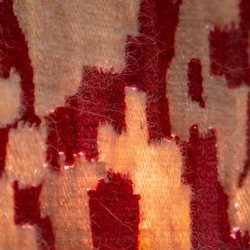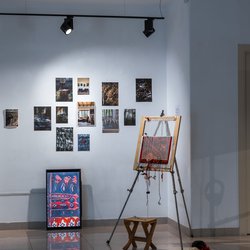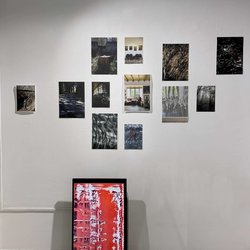«We explore the paradigm of new media, combining traditional artistic techniques and new technologies.»
Loom, 2019-2024
The process of working on the project would have been impossible without the weaving collection of the First Russian Weaver Olga Skvortsova and Anna Kazaryan, a carpet and tapestry master from Armenia.
Embroidery and weaving have existed in human culture since ancient times. Patterns not only decorate clothing and home textiles but also serve as symbolic amulets against evil forces. The main ornaments in many cultures are geometric, floral, and zoomorphic patterns.
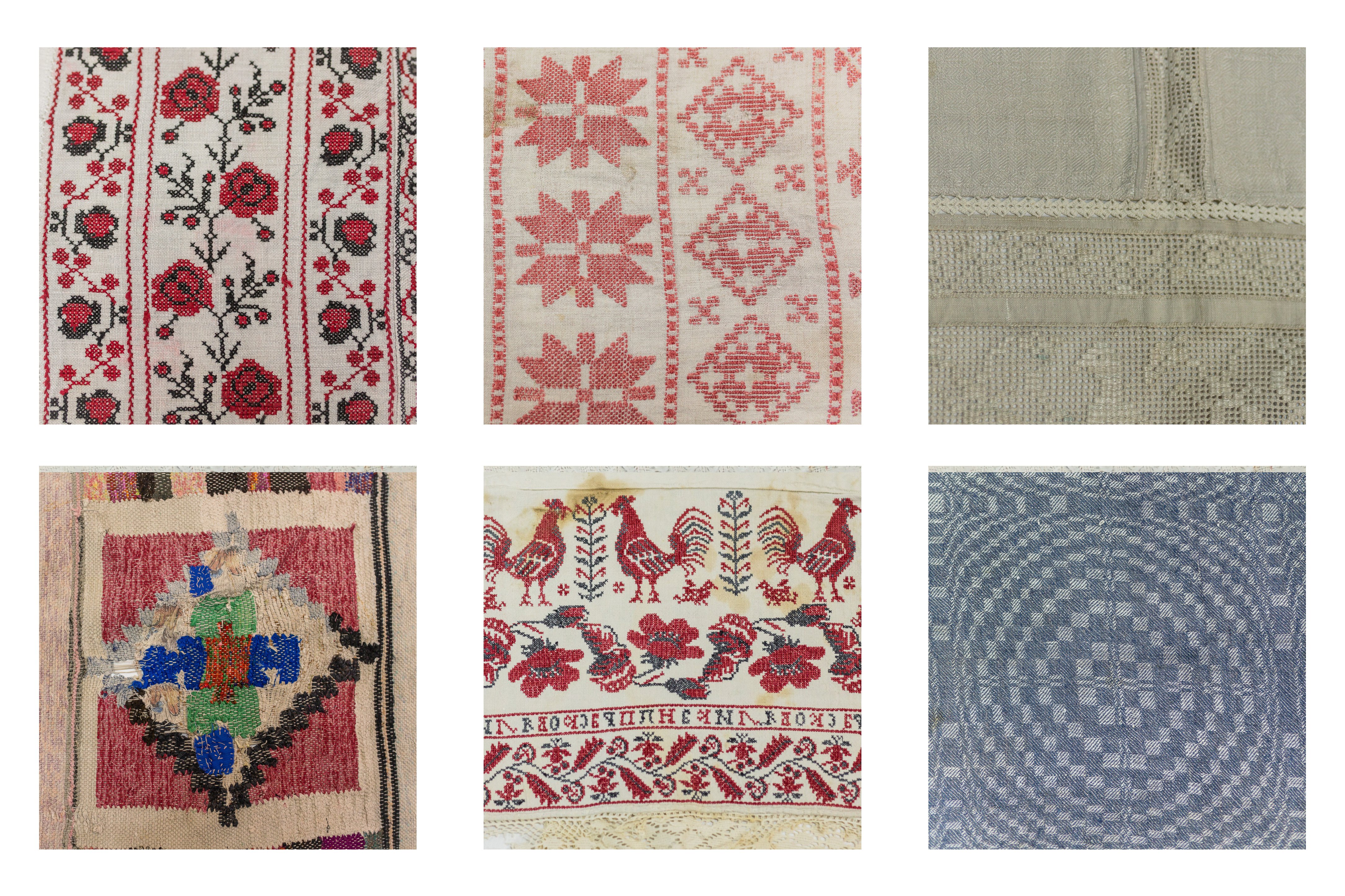
Using neural networks, we create an algorithm for automatically creating patterns based on the existing heritage of weaving, carpet weaving, and embroidery. By placing tradition in the modern realm of technological reproducibility, we revive it and enable it to continue its further development. Shapes and patterns intertwine in unexpected combinations but are completely based on traditional elements. This allows us to rethink them and refill them with semantic content, based on the cultural code, which inevitably determines a person’s associative perception.
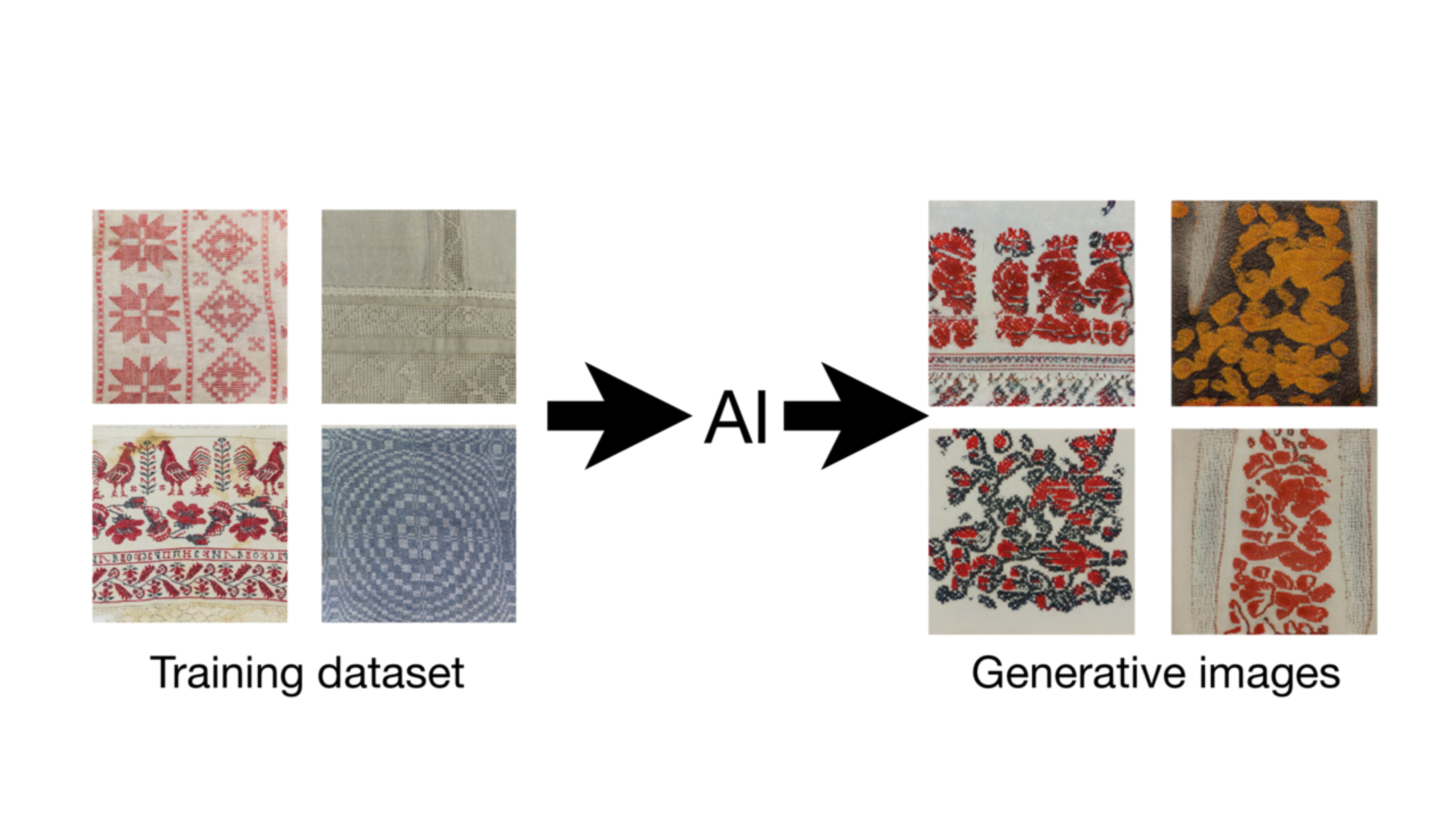
Neural network perception works similarly to human perception, but they exist in parallel and in different worlds - virtual and biological. The creation of a physical art object makes it possible to cross the border of these worlds. Two cultural codes - traditional and neural - unite and merge into one, giving rise to a new visuality with both properties.
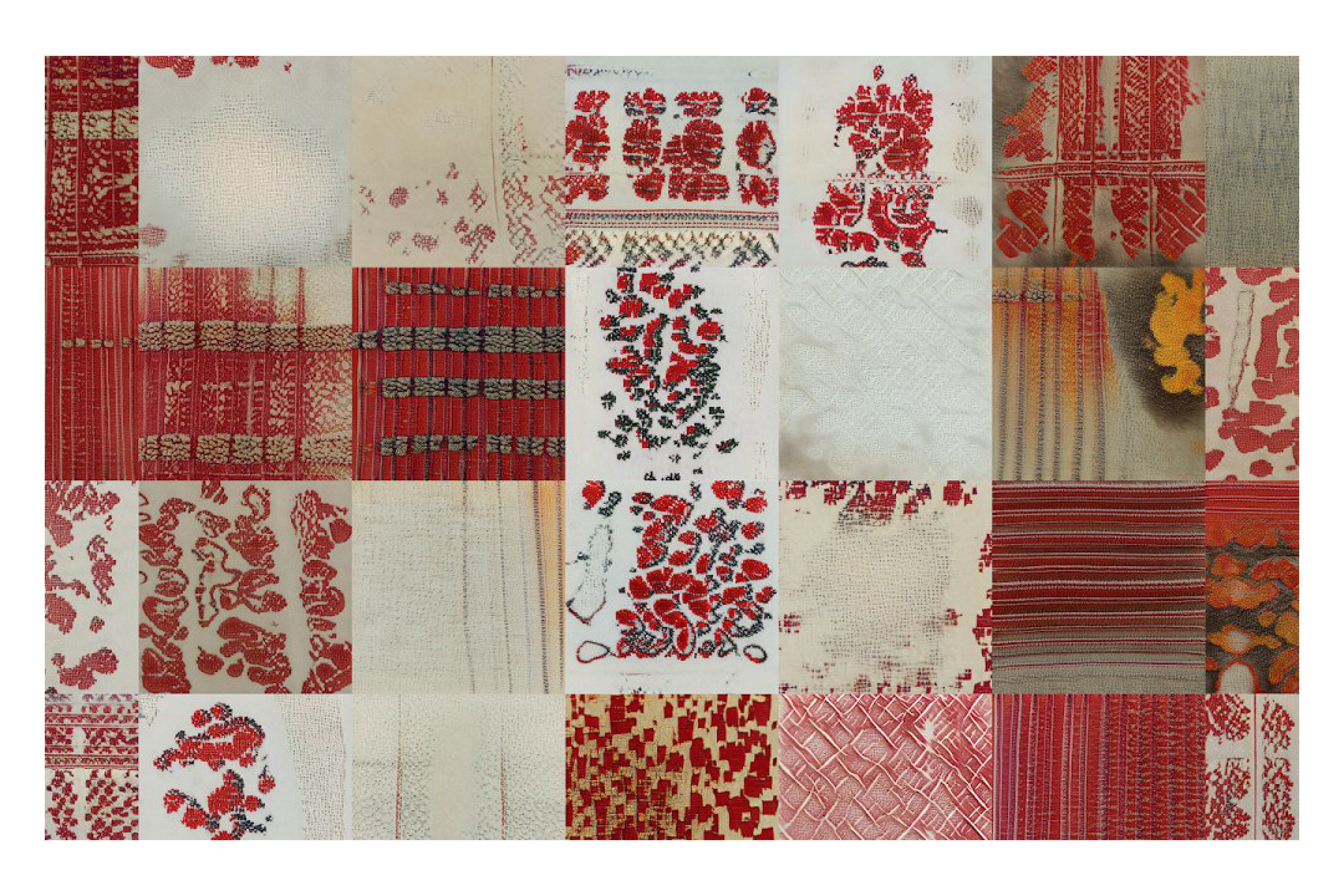
Ornamental heritage takes the viewer's gaze into the past through the prism of modern technology, forcing the viewer to rethink the theme of tradition and its place both in the present and the future.
Especially for the LOOM project, a member of the Gray Cake duet learned the technique of creating a tapestry. The project is in progress.
